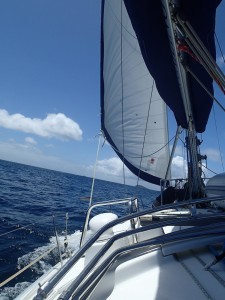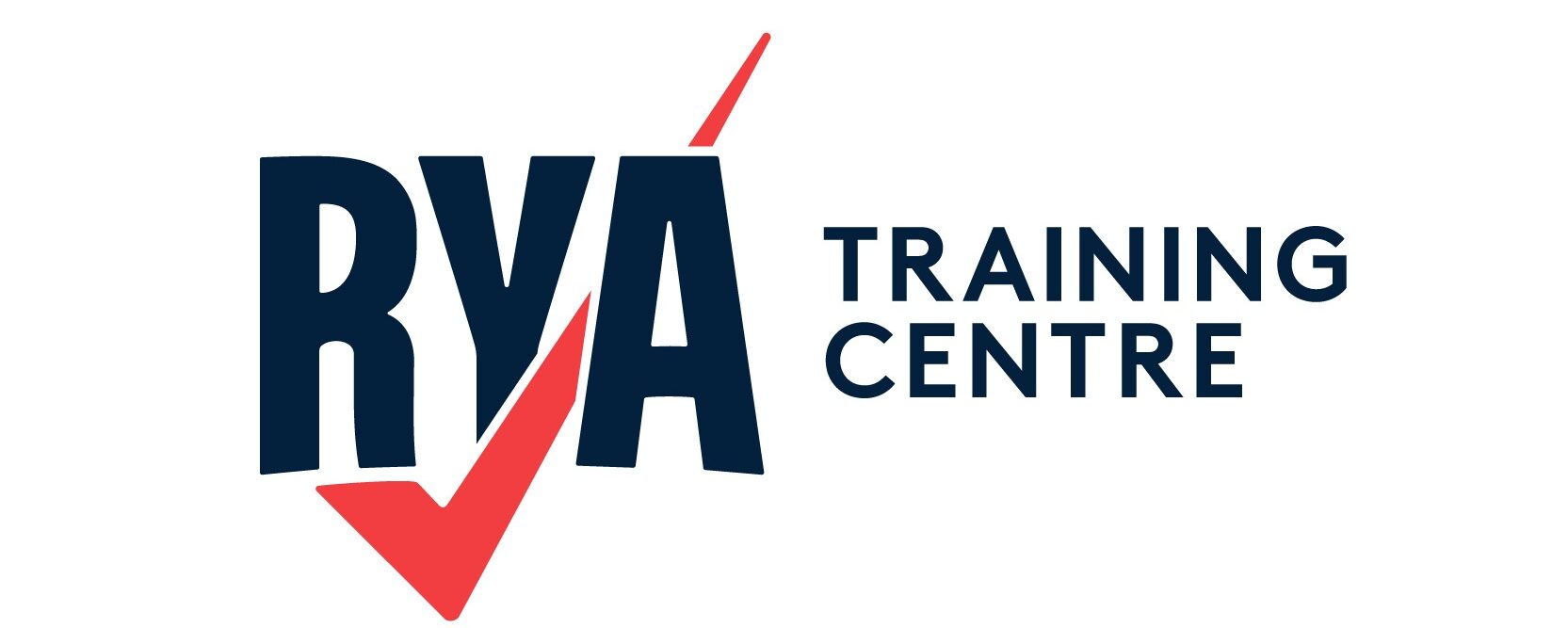‘Points of sail’ is the term that describes which way your boat is heading in relation to the wind. Each point has a different name depending on the direction. Learning these points is important as it assists you in understanding how to trim your sails correctly through wind awareness.
Points of Sail: Wind Awareness
If you are learning to sail, or transitioning from power to yacht, then you will need to develop your wind awareness. You need to harness the wind efficiently by setting the sails in the correct position to power the boat forward. With a bit of practice it will soon become second nature to work out which direction the wind is coming from, how hard it is blowing, and how you should react.
The wind may change direction and speed while you are out sailing; this alters the sea conditions and possibly your destination. By learning to understand the impact of wind, you will instinctively know how to handle the boat and adjust your sails during varying conditions.
Points of Sail: Sail Trim

The wind needs to flow over the sails in order to power the boat. You need to adjust (or “trim”) the sails to efficiently use the air flow to move forward.
Compare your sail to a flag flying in the wind. If a flag is directly held into the wind it will flap about. This is the same with your sail and it will have no driving force (called “luffing”).
However, if you take the loose end of the flag and pull it out at an angle into the wind, you will feel the force of the wind pushing on the material. It is in this way that we harness the power of the wind with a sail to move the boat forward.
Each time the boat changes direction or the wind shifts, you need to trim your sails to take advantage of the full driving force of the wind. If you turn into the wind (“heading up”) you will have to pull the sails in closer (“sheeting in”). When you turn away from the wind (“bearing away”) you need to let the sails out further (“easing the sheets”).
What are the Points of Sail?
The five points of sail are defined by the angle of the wind coming over the boat relative to the bow. Below you can see a clear diagram of the different positions and their names. We have also included a handy description for each point of sail.
No Go Zone
As the name describes, this is the section that you cannot sail in. Your sails will start luffing and your boat will come to a halt. You can sail in any direction except directly into the wind. If you need to sail upwind you have to repeatedly tack your boat 90 degrees through the no go zone which is called “beating to windward”.
1. Close Hauled
Quite simply, as close to the wind as you can sail! Make sure your sails are pulled in tight. This is the position you tack to and from when beating to windward.
2. Close Reach
A little bit further out than close hauled. You will need to ease the sheets out slightly.
3. Beam Reach
The wind is at a 90 degree angle to the boat (on your beam). This is the easiest point of sail and you should set the sails half way out.
4. Broad Reach
Ease the sheets out even more when heading further downwind.
5. Run
The most unstable point of sail to steer with the wind directly behind you. It may be easier to set a spinnaker or let your sails out on the opposite side of the boat (“goosewinged”).
RYA Resources
The RYA Competent Crew course introduces beginners to the points of sail. Additionally, the RYA Day Skipper practical course will let you put this knowledge into action as you learn to skipper a sailing yacht over short passages. To get ahead of the class then we recommend reading the following RYA Sail Trim Handbook first:



